There is a photograph from 1860 that hangs in the elevator lobby of my condo building. Most people who look at it, if they look at it at all, probably think “That’s pretty,” or “What an interesting historic photograph.”

I don’t see a pretty picture. I see a warning.
The warning is easy to miss. The construction of the John A. Roebling Bridge commands the center. Construction began in 1856, when Cincinnati was the sixth largest city in the United States, bigger than Chicago.* Beginning in the 1820s, if you were in the east and wanted to travel west, you traveled by water, by steamboat. Cincinnati was a port city and like all port cities when the flow of goods and people is high, it boomed.
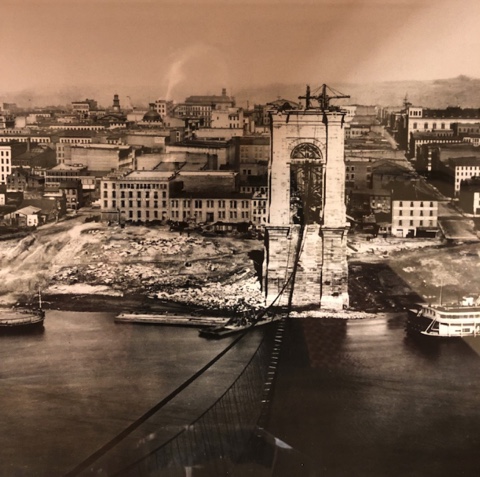
If you asked Cincinnatians walking along the street in 1860 how long they thought the current boom would last, they probably would have looked at the bridge and the buildings and homes under construction and guessed several years, maybe decades, maybe more. Few probably would have given the correct answer: “It’s already over.”
The ending of the boom in Cincinnati began on January 24, 1853, when the railroad route between New York and Chicago was completed. People who had traveled by boat instead traveled by rail. And they did not travel through Cincinnati.
The Roebling Bridge would be completed in 1866, but the steamboats, on the right side of the photo, are already idle.
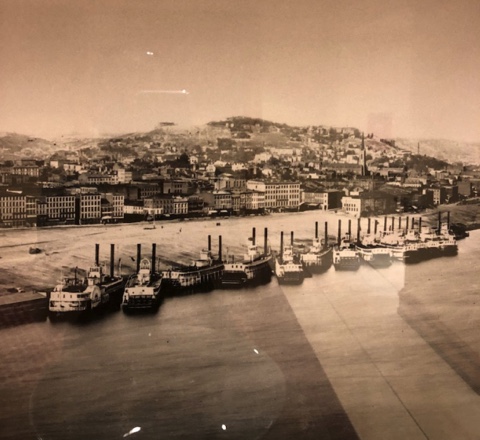
When I was in my 40s, on a work trip in London, I picked up a copy of Charles Handy’s The Empty Raincoat. I believe the US version is called The Age of Paradox. In a chapter called “The Road to Davey’s Bar,” Handy writes about the sigmoid curve. Handy had been looking for the turn for the road to the bar and couldn’t find it. He asked a passerby who told him to “go down the road a ways and then look back, you’ll see it.” Handy’s point was that some things are easier to see in hindsight. He then makes the point that we live on the sigmoid curve—things begin, they develop and grow, they peak, they decline, they end. This is true of a a product, a project, a career, a life.
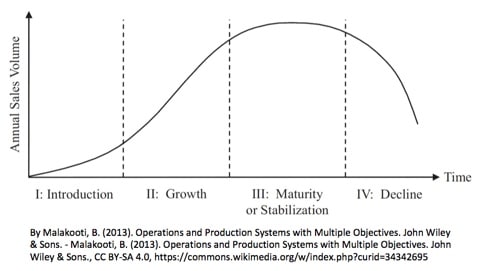
Handy believed a good business, and a good life, is made of a series of successful leaps to a next curve. The goal is to innovate, reinvent, before decline sets in, while we still have the energy and resources to make the change. But the challenge is that it is hard to see we are already at the peak when we are at the peak. Handy says that we should always assume we are farther along the curve than we think, closer to the red dot than the green.
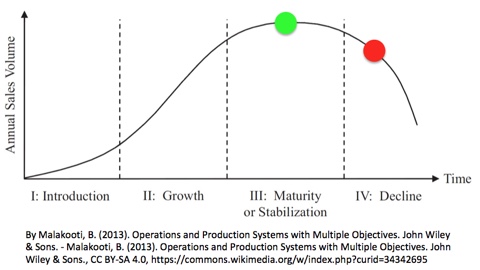
The longer we wait, the less able we are to change, to start a new sigmoid curve.
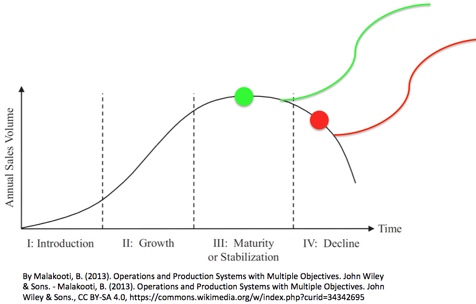
When I was in my 30s, I planned to retire at 62. In my 50s, I revised that to 65—I was attempting to stretch the curve, which makes sense—when you are riding a successful curve it feels good. But at 61, it became apparent that it was time for me to change. I left my job at 62, not 65. It was later than I thought. I might have done some things differently at 60 if I had known that I was leaving full-time work in two years instead of five. Maybe not, but I know I would have done some things sooner than I did.
Now I tell myself that I have twenty years on this next curve of being a writer, that it is equivalent to the length of time that I went from being an intern at Arthur Andersen to starting my business as a consultant. But maybe I don’t have twenty years of being an author. It’s probably later than I think. I need to see reality. I need to read the signs. Even in my 60s, I need to be agile.
* * *
Chewing the Cud of Good
These penquins sit on my desk and make me happy. The speckled one was made by me in second grade. I still remember how amazed I was that the beige glopy glaze turned into magic aqua sprinkles. The copper one is from my friend Andrea. And just now they reminded me of my high school friend Steven, who liked Monty Python. “What’s on the telly-vision then?” “Looks like a penguin.”
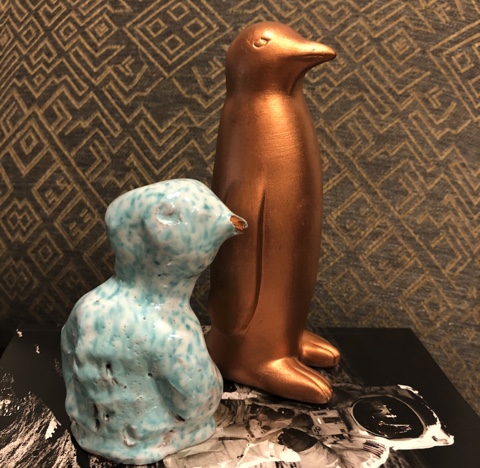
* Footnote, US census data:
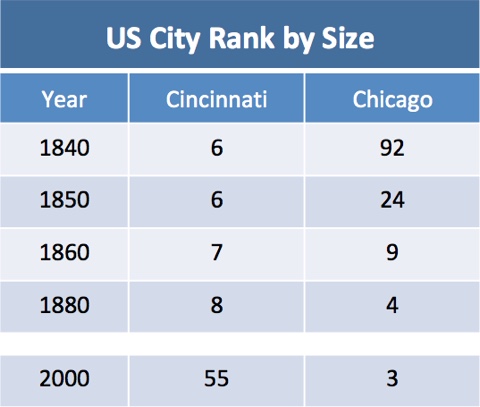
I love this . For a number of reasons. As an east coaster who attended college in Ohio, I am often amazed at the state’s history. What happened that Ohio stopped the powerhouse state? Was it the fall of the manufacturing sector? I feel like it predates that. Anyway, but the message to reinvent and explore is also precious. Thank you for sharing, and wonderfully well written as well.
Adam, I’m so glad it reasonated for you! Thank you for the kind words.
Robin and I would watch Monty Python Sunday nights in the dorm. I would laugh at the penguin exploding on the telly and Robin would just stare at me. She never understood the Pythons’ humor.
I can sooooo picture that! Ah, the Pythons. It’s only a flesh wound!